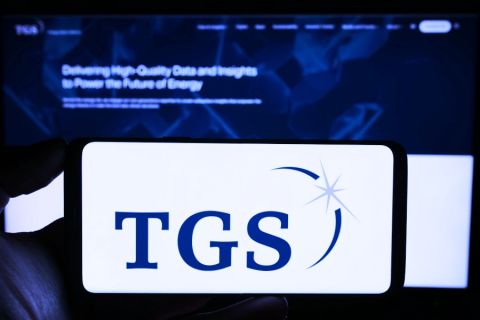John Kemp, Reuters
The oil market is now well into a cyclical upswing and within the next year the narrative about “rebalancing” is likely to be replaced by one about “tightening.”
Rebalancing started well before the production pact between OPEC and its allies went into effect in January. OPEC has been open about the fact that the rebalancing process pre-dated its agreement, with officials repeatedly noting the accord was intended to “accelerate” a process that was already underway.
The spot price of Brent has been rising since January 2016, and the six-month calendar spread has been increasing since January 2015.
Depending on which turning point is used, the rebalancing process has already been underway for 21 months (spot prices) or 32 months (spreads). Like any rebalancing process, adjustment is barely perceptible at first, which is why the turning point is often missed, but tends to accelerate over time.
The current rebalancing started with an acceleration in global oil consumption, which was already evident in first-half 2015 in response to lower prices.
Oil production did not decelerate until 2016, because of the lags in the system, and OPEC’s own output restraint did not start until 2017. But with consumption now running faster than production the market is steadily whittling away the excess inventories accumulated in 2015-2016.
During the last two rebalancing processes, after oil slumps in 1998-1999 and 2008-2009, front-month Brent prices took roughly 21 months and 26 months, respectively, to reach their first major peak.
Meanwhile, the calendar spread took 21 months and 34 months, respectively, to reach its first cyclical peak after each episode.
The recent slump was in some ways deeper, and the recovery has certainly been more prolonged, but it can no longer be described as being in its early stages. The current rebalancing process is already, therefore, fairly mature and at some point in the next six to nine months will be more accurately described as tightening.
The Brent spread has already shifted decisively from contango to backwardation and is well within the upper-half of its historical range, pointing to a market that is undersupplied and drawing down stocks.
According estimates from the OPEC/non-OPEC Joint Ministerial Monitoring Committee, OPEC is more than halfway to its declared target of reducing OECD oil inventories to their five-year average.
Excess stocks have been draw down by 180 million barrels since the start of 2017, although they are still 160 million barrels above the 2012-2016 average. In practice, stocks at the five-year average would probably prove uncomfortably low given the big increase in oil demand since 2012.
Well before the five-year average is reached, spot prices and spreads will rise to move the market from production restraint/consumption growth to production growth/consumption restraint.
In this context, the increase in front-month Brent futures prices above $60 per barrel Oct. 27, for the first time since July 2015, and tightening of the calendar spread to its highest on a sustained basis since July 2014, is consistent with a market transitioning from rebalancing to tightening.
Recommended Reading
How Generative AI Liberates Data to Streamline Decisions
2024-07-22 - When combined with industrial data management, generative AI can allow processes to be more effective and scalable.
TGS Starts Up Multiclient Wind, Metaocean North Sea Campaign
2024-05-07 - TGS is utilizing two laser imaging and ranging buoys to receive detailed wind measurements and metaocean data, with the goal of supporting decision-making in wind lease rounds in the German Bright.
Honeywell Bags Air Products’ LNG Process, Equipment Business for $1.8B
2024-07-10 - Honeywell is growing its energy transition services offerings with the acquisition of Air Products’ LNG process technology and equipment business for $1.81 billion.
TGS Awarded Ocean Bottom Node Data Acquisition Contract in North America
2024-07-17 - The six-month contract was granted by a returning client for TGS to back up the client’s seismic data capabilities for informed decision making.
PGS Gets Greenlight to Begin Surveying for Petrobras 4D Contract
2024-05-30 - After a long permitting process, PGS has secured the last permit needed to begin its large 4D survey contract with Petrobras at the Barracuda-Caratinga field offshore Brazil.





